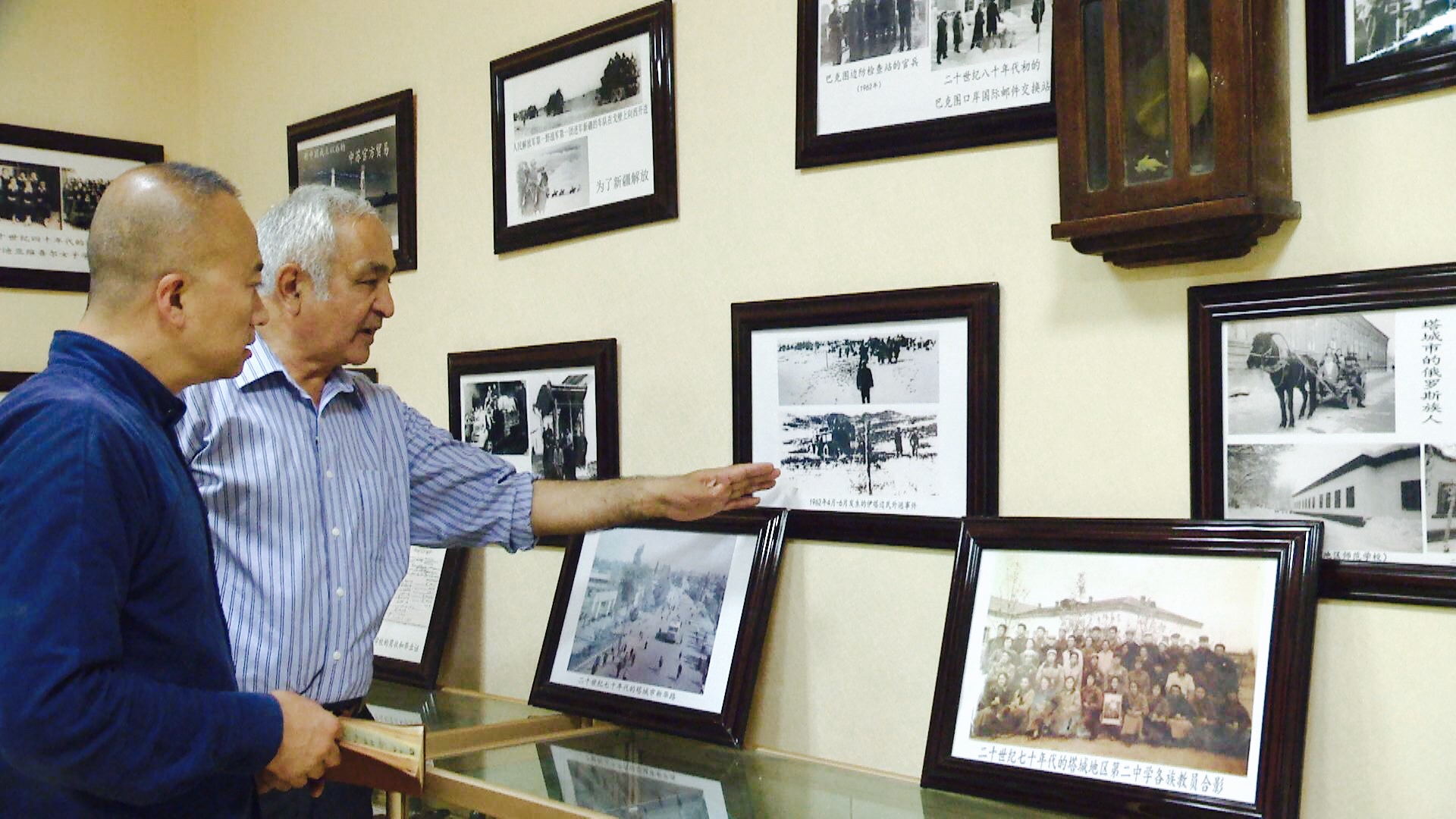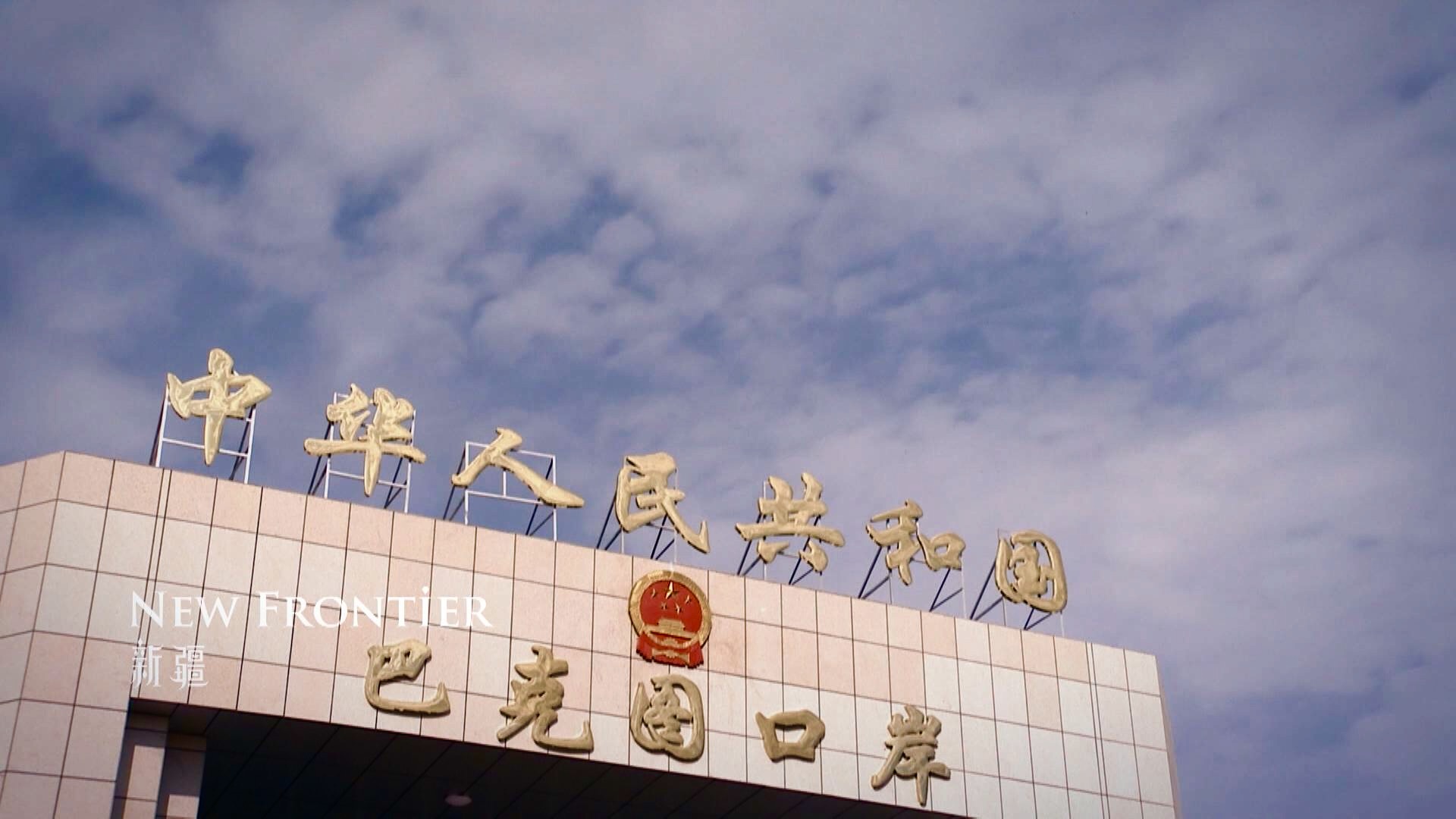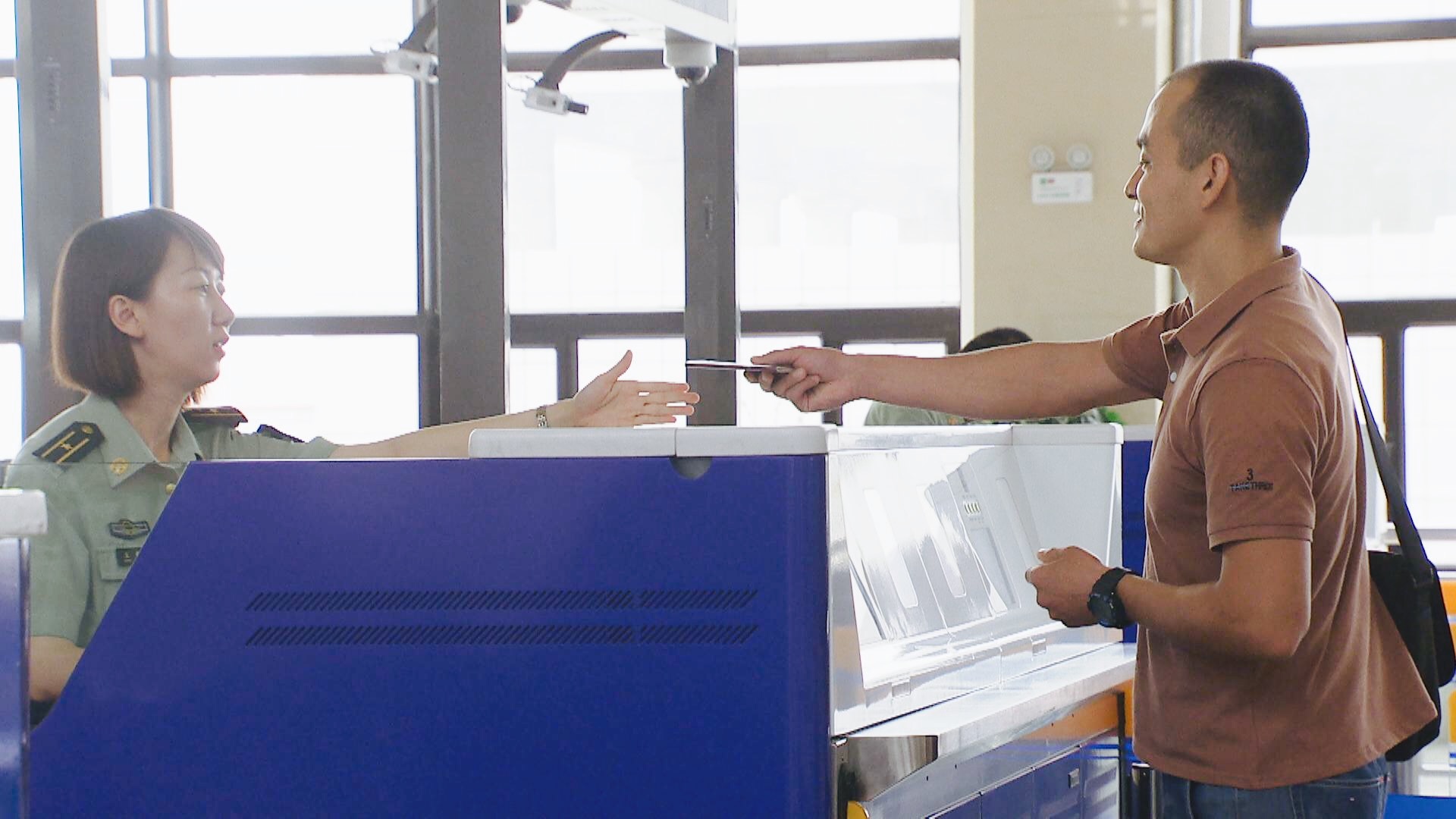
China
11:39, 15-Oct-2016
Cross-border trade in Xinjiang boosts economic growth and stability
Updated
10:19, 28-Jun-2018

Adil Abdurahman is a 60-year-old retired official from the local land port’s management committee - the Bakhtu border crossing into neighboring Kazakhstan in Tacheng city, northwest China’s Xinjiang Uygur Autonomous Region. He says Bakhtu has the longest history of border trade in Xinjiang.
In 1962, about 60,000 Uygurs and Kazakhs fled across the border into the Soviet Republic of Kazakhstan. What is known as the Yi-Ta Incident has always been a bitter memory. Adil’s mother and 50 relatives from his maternal side of the family fled abroad through Bakhtu port.
Such kinds of family separation were common in Tacheng, Adil noted.

Xinjiang borders eight countries in Central Asia, and its land ports, scattered along the borders with Mongolia, Kazakhstan, Kyrgyzstan, and Pakistan among others, serve as gateways for trade between China and Central Asia.

“Life in Xinjiang has greatly improved. Even if we asked the residents, especially the young, to flee to other countries, no one will do it,” Adil asserted.
His son Almas got his degree in Kazakhstan and returned home in 2012. His language skills serve him well as a translator and in business.

Today, Bakhtu has developed into a window for China’s border trade, with simplified visa procedures encouraging commercial exchange.
China’s Belt and Road Initiative is designed to not just build a commercial corridor to neighboring Central Asian countries, but also forge mutual cultural route.
Almas believes China’s robust economy will bring more tourists and goods through this passageway.

SITEMAP
Copyright © 2018 CGTN. Beijing ICP prepared NO.16065310-3
Copyright © 2018 CGTN. Beijing ICP prepared NO.16065310-3